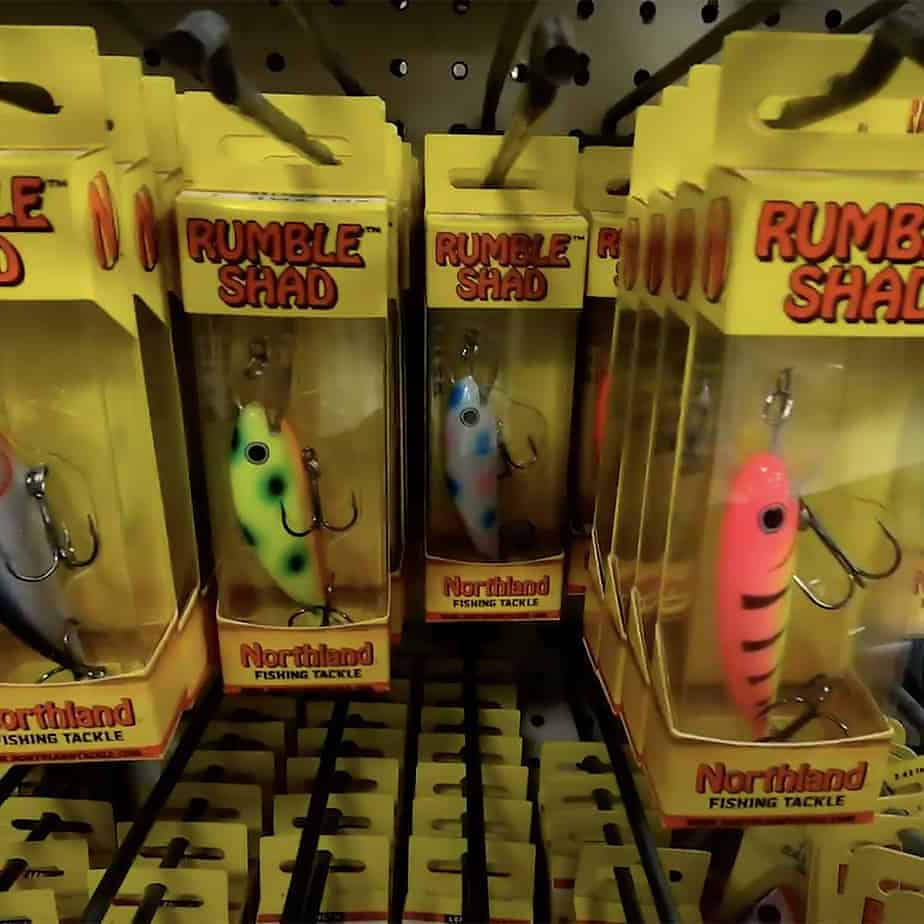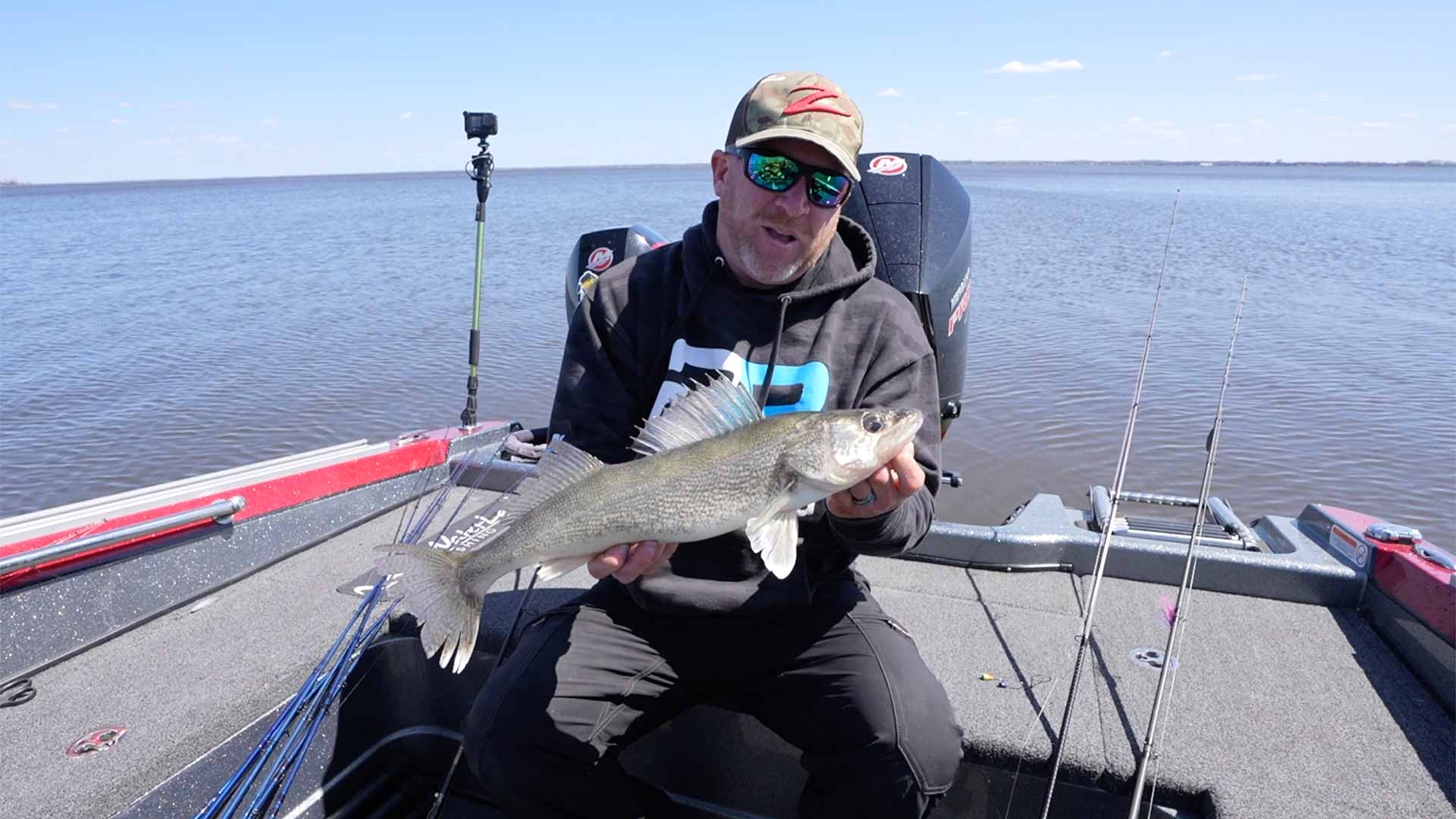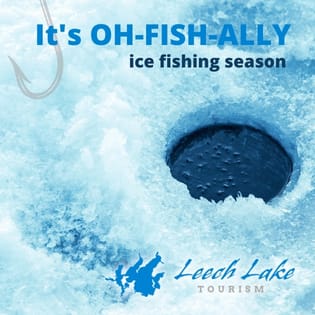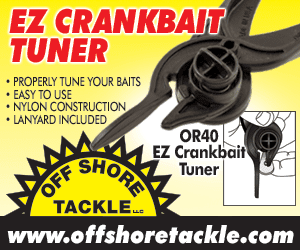Crankbaits are a critical way to catch fish especially predator fish like musky, pike, walleye and bass. Whether you are fishing a river, a natural lake or a reservoir, crankbaits should always have a place in your tackle box.
I think a lot of people are often confused as too when to cast crankbaits versus when to troll crankbaits and in my opinion some of the biggest factors are going to be wind and size of structure.
When I get out on the water and I see that the wind is blowing pretty good I get excited for crankbait fishing, because so often that wind will drive a really good crank bait bite.
When casting cranks I am thinking about smaller spots. I’m thinking about isolated structure, I’m thinking about rocks up shallow and I am also thinking about wind blown points on lakes.
These are very defined, isolated structures that are easier to pick apart by casting a crank.
Now I do prefer a spinning rod with a ver moderate action when it comes to casting cranks. That is simply because I am able to throw those smaller crankbaits a further distance and the moderate action helps keep those fish pinned.
Situations that are best suited for trolling are if fish are scattered across a large piece of structure.
It could be a main lake point that stretches out a mile or so. It could be a giant flat or a large rock pile. It could be a shoreline break. It is really any structure that is too big to cast effectively on.
Trolling is going to allow you to cover the most amount of water and keeping that bait in the zone. That’s what trolling
is all about now.
Now for trolling I prefer a baitcasting set up with a line counter and a moderate action rod. That way I know how much line I have back and where my bait needs to be.
Whether I am casting or trolling like to run braid on both of my set ups with a fluorocarbon leader.
Both casting and trolling are a great way to get bit, hopefully you’ll be able to use these tips to help you catch more fish.










